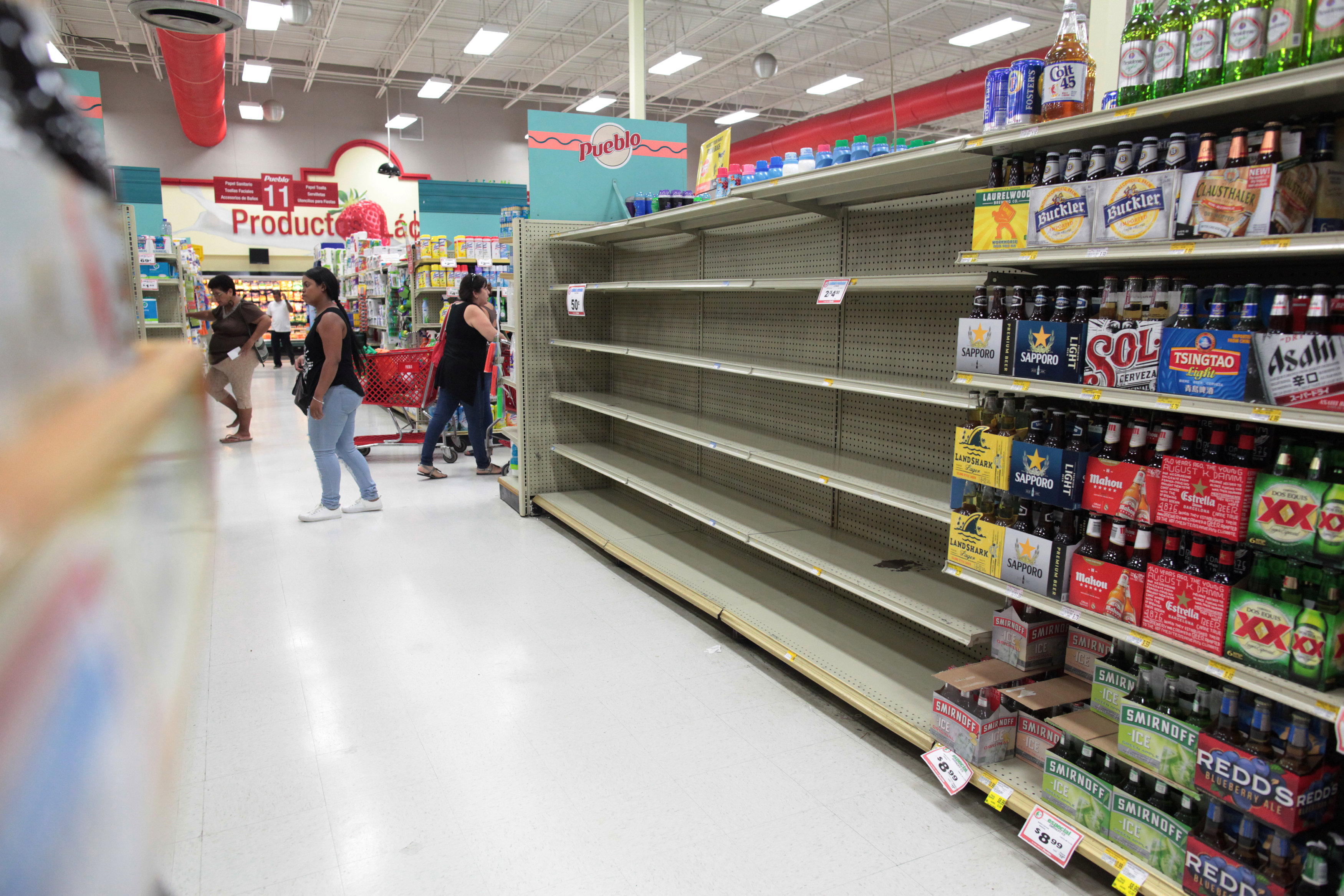
By Reade Levinson
(Reuters) – Small businesses in the United States struggled with uninsured damages and lost revenue following a record-breaking year of hurricanes and wildfires, according to a Federal Reserve survey published on Tuesday.
The report by the Dallas, New York, Richmond, and San Francisco Fed banks examined 1,800 businesses with fewer than 500 employees in zip codes with disasters designated by the Federal Emergency Management Agency. It found, 40 percent of small firms in these areas had natural-disaster related losses, and 35 percent lost more than $25,000 in revenues.
The report paints a worrisome picture for local economies after a record-breaking year of weather and climate-related disasters that cost the United States an estimated $306 billion in 2017, the third-warmest year on record, according to the U.S. National Oceanic and Atmospheric Administration.
To see the report, click here .
“Small businesses are primary drivers of job growth and their ability to rebound from disasters is critical to regional economic recovery,” said Claire Kramer Mills, assistant vice president at the New York Fed.
Small businesses employ half of private-sector workers and are the primary creators of new jobs in the United States, according to a 2015 U.S. Census Bureau study.
The survey found last year’s storms hit minority communities particularly hard. Some 54 percent of Hispanic-owned firms in affected areas reported natural disaster-related losses, compared to 40 percent of White-owned firms and 35 percent of Black or African American-owned firms.
The storms hit lodging and retail businesses hardest. Some 52 percent of leisure and hospitality firms and 47 percent of retail firms in affected areas reported natural disaster-related losses, the highest shares of all industries.
Small and young businesses are especially vulnerable to extreme weather and other natural disasters compared to their larger counterparts. Financing options are limited: federal relief funds can take months to reach communities and few small business are insured against such storms.
The report found firms’ insurance holdings did not match the sources of their losses, which stemmed more from disrupted business than from damaged assets. Sixty-five percent of disaster-affected firms cited loss of power or utilities as the source of their losses. However, only 17 percent of affected firms had business disruption insurance at the time of the disaster.
Federal Reserve Bank officials who worked on the report said local governments can help bridge this insurance gap by helping business understand their vulnerabilities and purchase the relevant coverage beforehand.
(Reporting by Reade Levinson in New York; Editing by Lisa Shumaker and Nick Zieminski)











